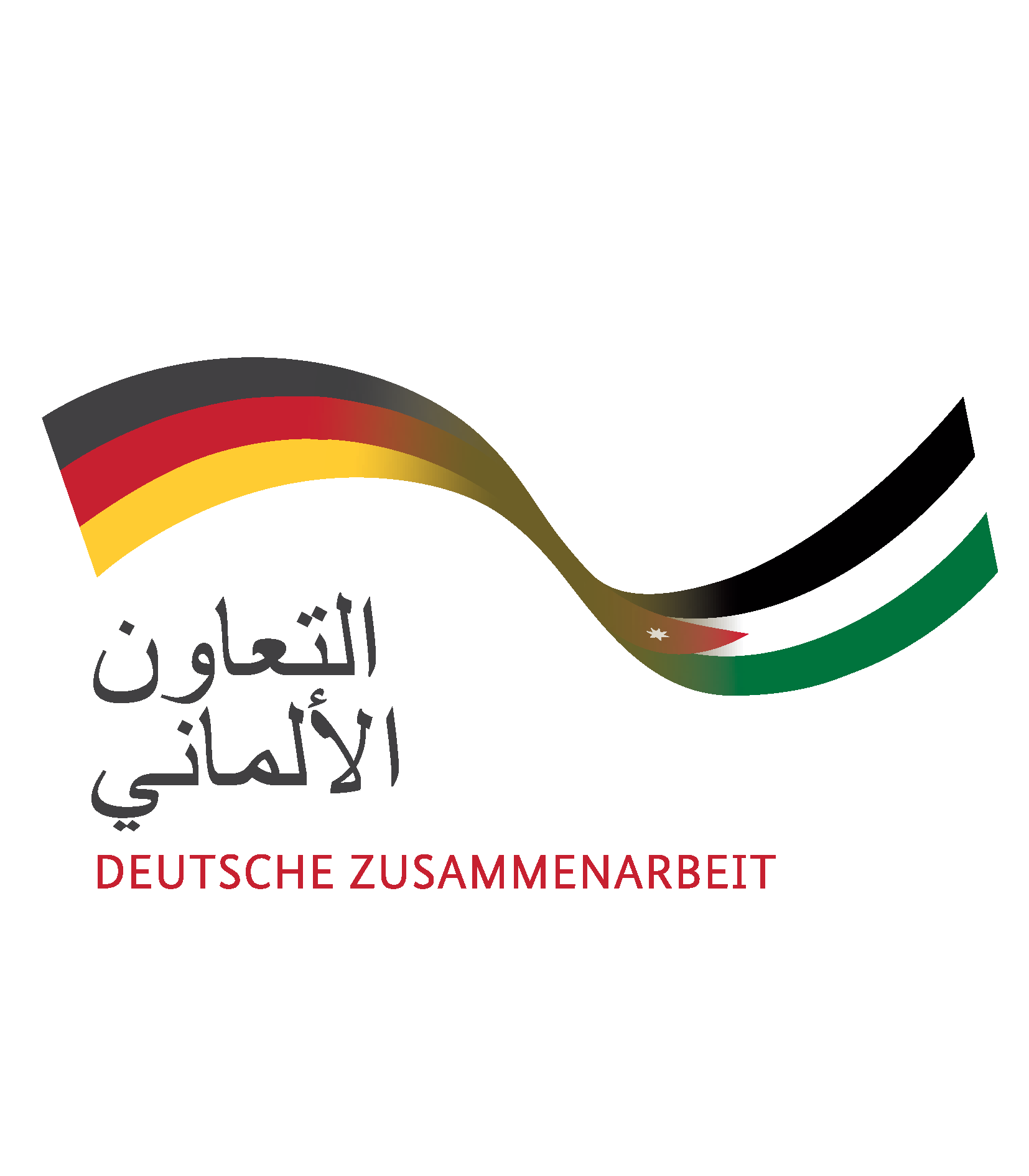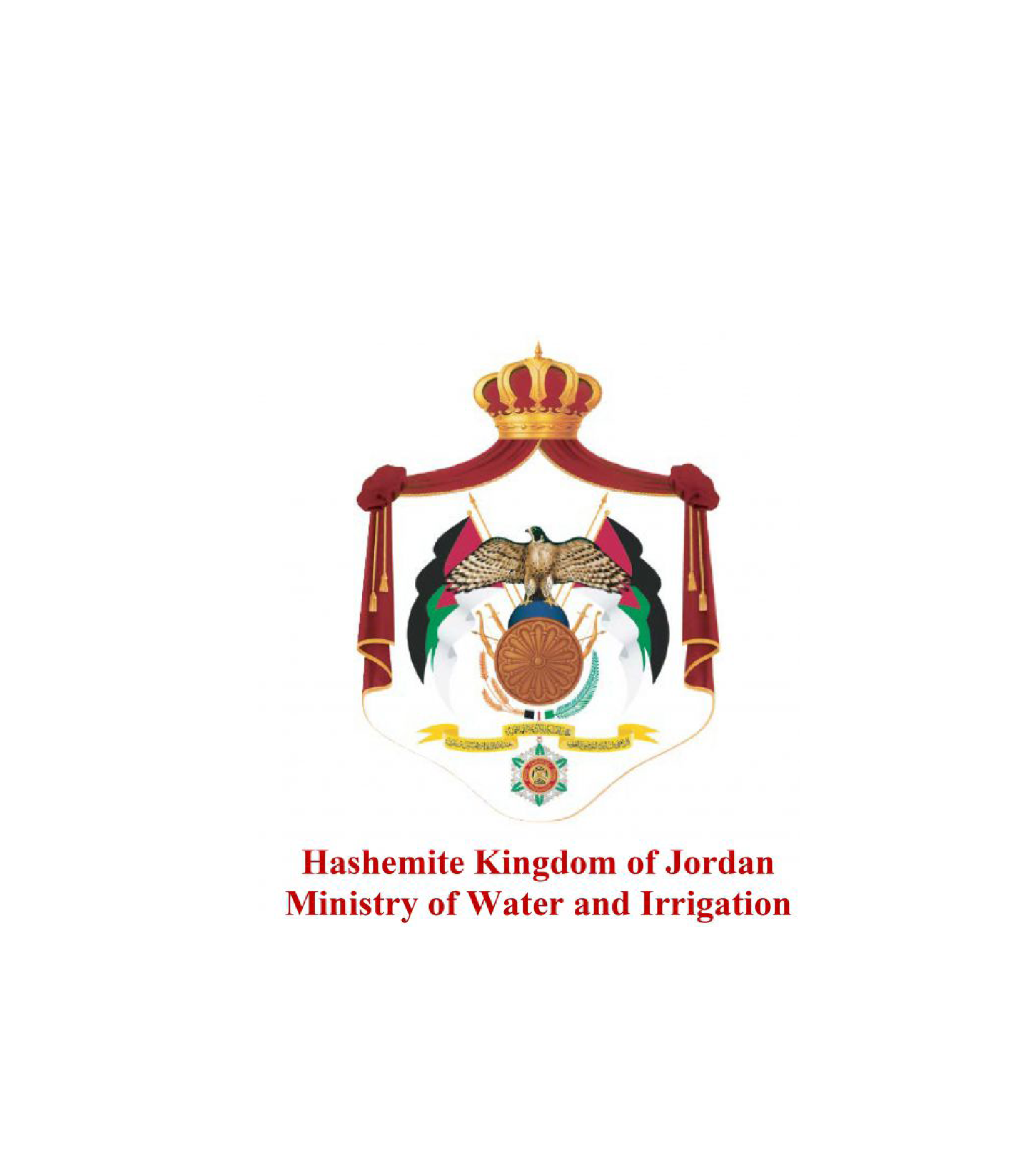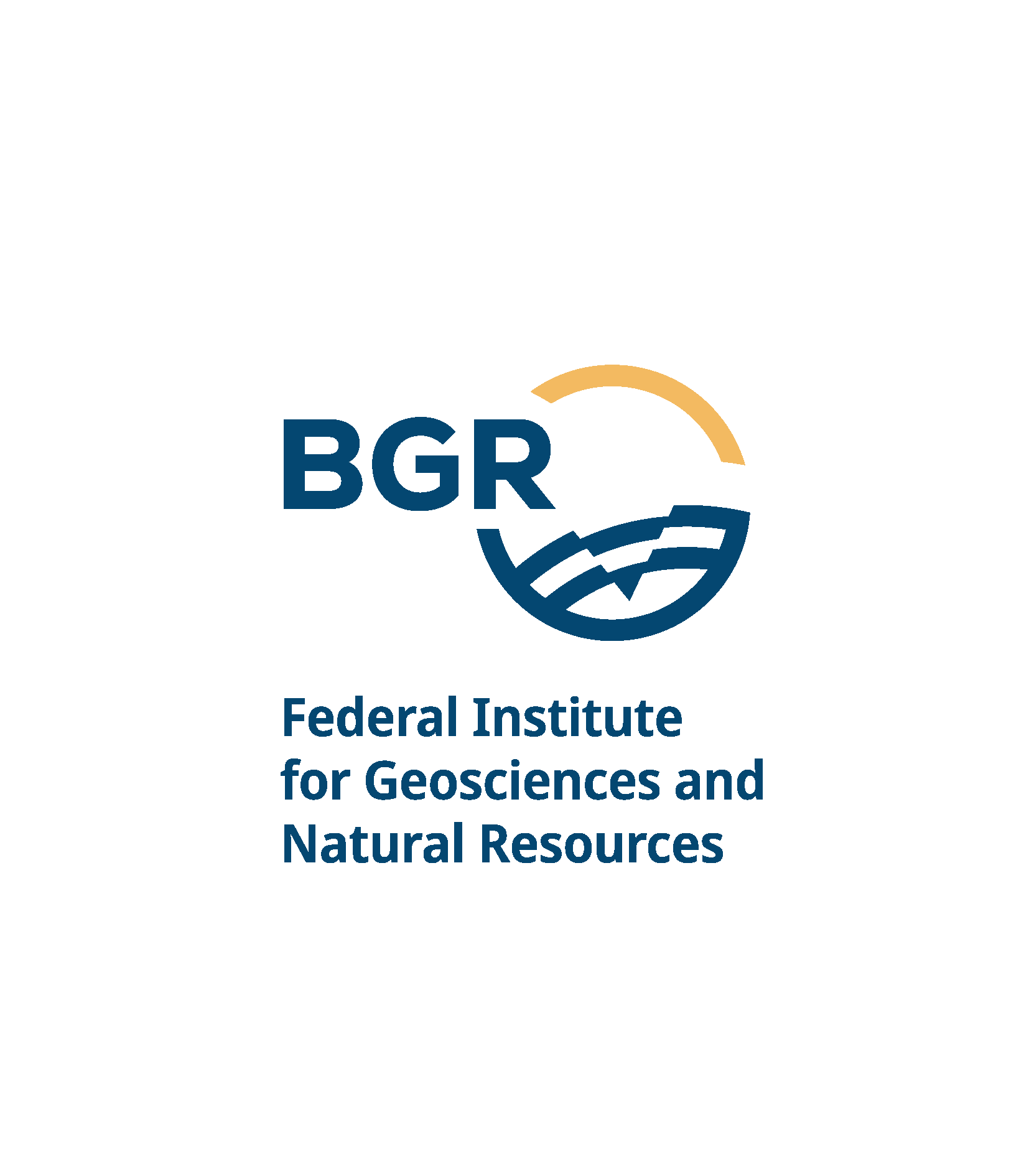







Jordan is one of the most water-scarce countries in the world and groundwater plays a vital role in providing the country with water for public, agricultural and industrial needs. The quality of this groundwater can vary widely between locations and over time and the basis for an appropriate groundwater management is an adequate monitoring of water quality. This monitoring dashboard visualizes groundwater quality data, collected in the scope of the Annual Water Quality Monitoring, which is conducted by the laboratory of the Water Authority of Jordan (WAJ) in cooperation with the Federal Institute for Geosciences and Resources (BGR) of Germany to facilitate assessment and reporting. It is meant to inform the general public and serve as a unifying platform for various stakeholders, encouraging communication and collaboration on water quality concerns. This way the dashboard supports stakeholders as well as the general public in informed decision-making, environmental awareness, and cooperative efforts to protect and improve our water resources.
What is
groundwater?
Groundwater is all water, that infiltrated into the subsurface and accumulated in small, connected voids and crevices of underground rocks and sediments,
comparable to a sponge. Such rocks and sediments that contain groundwater are called aquifers.
They store and transport large quantities of groundwater. Other rocks or sediments with very few, or poorly connected voids and crevices
are called aquitards. They block the groundwater from flowing,
limiting the extent of an aquifer laterally as well as vertically.
For a more thorough understanding of the topic of groundwater we recommend the open-source publications of "The Groundwater Project", for example
"Groundwater in our water cycle".
Groundwater in
Jordan
Large parts of the groundwater in Jordan are extremely old and have accumulated several thousand years ago. Nowadays, rainfall in Jordan is
scarce, with a maximum of 500 mm/a in the northern highlands (around Ajloun), 200-400 mm/a around Amman and Madaba, around 100-150 mm/a in
the Southwest and less than 100 mm/a in the East of the country. Of this relatively low amount of rain only 5 % finds its way into the
groundwater (summing up groundwater recharge of 280 Mio. m³/a) This means that every drop of water, which is abstracted from the
underground, needs long time periods to be replenished.
However, in order to supply the municipalities with drinking water, 520 Mio. m³/a are abstracted for domestic supply
Additional 580 Mio. m³/a are withdrawn for agricultural purposes (not including illegal abstractions, which are estimated to be between 200 and 400 Mio. m³/a). The different industries
consume another 35 Mio. m³/a. This sums up to much more than 1000 Mio. m³/a, or in other words:
Four times more groundwater is abstracted than recharged!
BGR and MWI made an assessment of the overall groundwater situation in Jordan in 2017 with regard to quantity, which can be found here.
For more recent information on the Jordanian water sector, please refer here.
What is groundwater quality?
Groundwater quality can be affected directly or indirectly by human activities: The obvious deterioration in groundwater takes place, when anthropogenic contaminants from garbage, fertilizers or waste water trickle
into the underground. The more subtle deterioration begins, when an aquifer is overpumped. This can trigger the intrusion of waters with a different chemistry
from other aquifers or it can catalyze the mobilization of trace elements from the aquifer itself:
While in the underground, groundwater continuously interacts with the surrounding rocks and minerals. Especially when the hydrochemical regime (the main composition of the water) is changed - e.g. by the introduction of air into parts of the aquifer, that
have been flooded for thousands of years - this interacton with the aquifer material can suddenly alter, possibly resulting in a release of trace elements, e.g. Selenium, Molybdenum, Iron, Nickel, Vanadium, etc.
This doesn't necessarily result in a release of toxic amounts of these elements, but due to the many unknowns, we currently face in the underground, it is crucial to monitor the concentration of these elements as closely
as possible, in order to minimize their mobilization and develop countermeasures. All relevant parameters for domestic purposes are covered in the Jordanian Drinking Water Standard.
Whilst the groundwater was recharged "only" several thousand years ago, the material of the aquifers (mostly sandstone and limestone) has been deposited millions of years ago. It is hard to imagine that, before the opening of the Jordan Rift Vally, the area was lying below sea level most of the time and thick layers of sediments accumulated. The older sediments derive from Cambrian-Silurian times (540 - 420 Mio. years ago) and consist of sandstone and other clastic sediments. The younger sediments mainly derive from Cretaceous time (130-65 Mio. years ago) and consist of limestone, phosphate and shale (partly organic). They lie on top of each other, sometimes intersected by aquitards, sometimes connected to each other. When the Jordan Rift Valley started opening (which started 18 Mio. years ago) these layers were "torn open" and pushed into the position, where we find them today (check).
Even though the geology is complex, a set of main aquifers can be identified:

In the following map, you can get a better idea of their geographical distribution. Each aquifer can be selected and displayed as a layer on the map of Jordan. The areas where the aquifer is exposed on the surface are called outcrops, while the areas where they are hidden underground, are called subcrops. To complete the picture, also the outcrops of the aquitards can be selected.
In order to monitor the trends in groundwater quality over the coming years, BGR and WAJ established an "Annual Groundwater Sampling" campaign, which started in 2022. Every year, the AGS surveys the groundwater quality at a maximum of 88 selected monitoring locations throughout Jordan. The monitoring network aims to capture all major aquifers as well as all governorates of Jordan. The samples are analyzed by WAJlab for most inorganic parameters of the Jordanian Drinking Water Standard.
In order to create a baseline understanding of groundwater quality in the Kingdom, BGR and WAJ conducted the "Groundwater baseline study 2023", based on samples, which were taken between 2020 and 2023. It comprises in total 520 monitoring locations throughout Jordan, mostly governmental and private drinking water wells. The samples were analyzed by the laboratory of BGR in Hannover and by WAJlab for a comprehensive set of inorganic parameters, considering the Jordanian Drinking Water Standard.